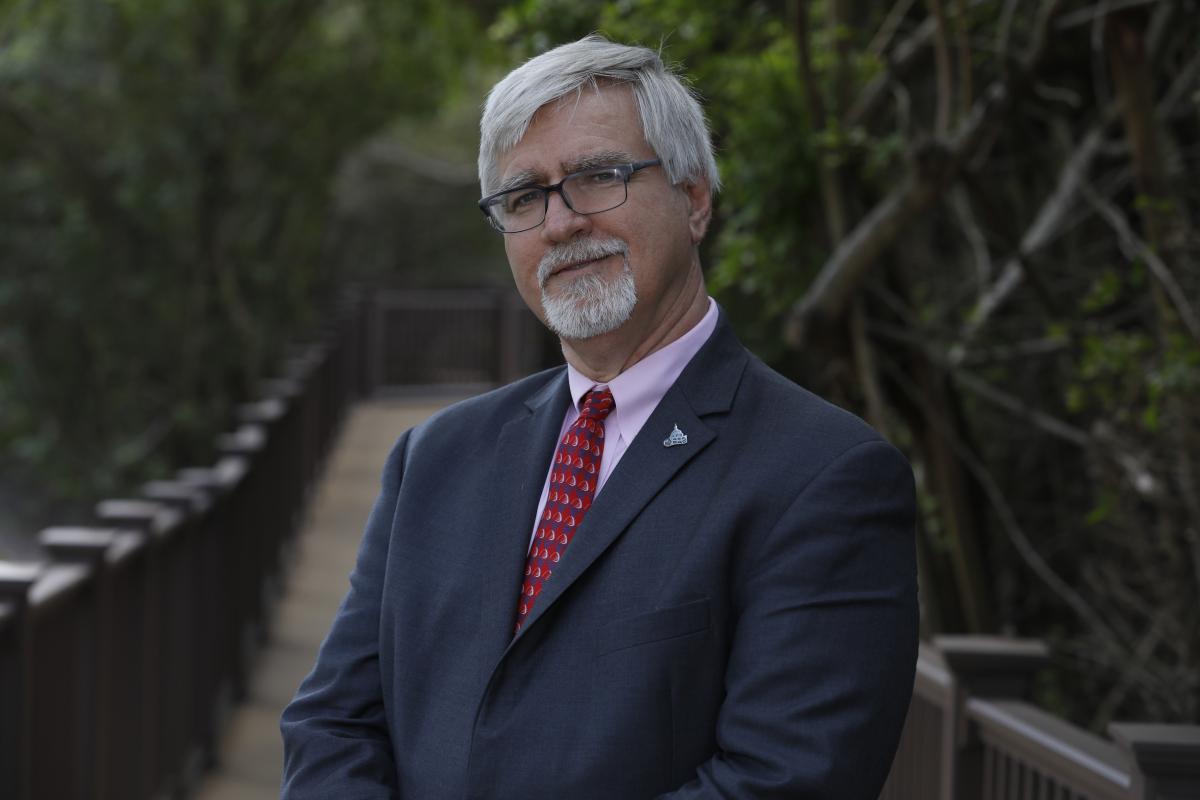 The Plan Sponsor Council of America recently released its 62nd Annual Survey of Profit-Sharing and 401(k) Plans, documenting a record high rate of savings, alongside an uptick in Roth contributions and other trends. However, sometimes the things that don’t change can be just as telling…
The Plan Sponsor Council of America recently released its 62nd Annual Survey of Profit-Sharing and 401(k) Plans, documenting a record high rate of savings, alongside an uptick in Roth contributions and other trends. However, sometimes the things that don’t change can be just as telling…
Target-date trends (still) dominate, but…
Let’s face it – target-date funds are one of the most common items on a plan investment menu today (the PSCA survey noted that it’s the option in which assets are most frequently invested) and – in no small part due to their prevalence as a default investment alternative – continue to garner a lion’s share of new contribution dollars, if older savers (perhaps more precisely, longer-tenured savers) haven’t embraced (or more accurately, been defaulted into) the option with as much enthusiasm. That said, while more than two-thirds (68.6%) of respondents offer a target-date fund option, that’s actually down 5% in the past two years.
Interestingly enough, the PSCA survey found a rough 50-50 split among respondents between those relying on target-date fund glidepaths that are “to” versus “through” retirement. Additionally, actively managed TDFs outnumber passive by more than two-to-one among plans with fewer than 5,000 participants. That is reversed among plans with more than 5,000 participants.
Robo-advice (still) isn’t making much headway.
Just 1 in 10 (10.9%) of plan sponsor respondents provide participants with access to a robo-advisor, and if that’s somewhat higher (approximately 15%) among larger programs, the vast majority do not.
However, it may be worth noting that 15.6% who don’t currently say they are considering the option, particularly among smaller programs – though in last year’s survey, that was 17.2%.
Automatic enrollment (remains) a large-plan feature.
Fewer than a third (30.5%) of the smallest programs offer the feature, and only about half (56%) of plans with 50-199 participants, compared with roughly three-quarters among larger programs. On the other hand, roughly a decade ago – when the Pension Protection Act of 2006 was new – only about a third (35.6%) of respondents to the PSCA survey offered automatic enrollment. But then, it’s now been a decade…
Not that it’s not been considered – but asked why those that didn’t offer the feature had made that choice, the predominant reason given was satisfaction with participation rates.
However, among the largest (> 5,000 participants), the most cited rationale was… cost.
Once participants are enrolled, they (still) tend to “stick.”
The percentage of participants who opt out of automatic enrollment programs in private sector retirement plans has always been relatively small, generally 5-10%, and in this year’s PSCA survey some 70% say that the opt-out rate remains 5% – or lower.
That stands in some contrast with the data we have seen with the early state-run plan options, where the opt-out rate has been in the 25% and higher range, though those programs lack an employer match and the nurturing that employment-based plans typically provide. And, arguably, the 75% who “stick” there are better off than with no plan at all.
Financial wellness is (still) largely a large plan feature.
While nearly half (45.8%) of the largest (5,000 or more participant) programs claim to have a “comprehensive financial wellness program,” only about a quarter (27.1%) of those with 1,000-4,999 participants do, as do only 22% of those with between 200-999 participants.
For all the coverage that the subject engenders – and it’s considerable in this space – it’s not unusual to find awareness and interest gaps among plan sponsors, with perspectives ranging from ignorance to ambivalence to downright skepticism, even among large plan sponsors. The data here (and in other surveys of plan sponsors) suggest that the concept/focus is far from universal.
Traditional success measures (still) dominate.
Participation rates remain the dominant success measure of plans of all size: 87.6% overall, and more than 95% of the largest programs, cite that benchmark. Deferral rates rank second – 75.8% overall, but higher among larger plans, with average account balances a distant, but (to my eyes, anyway) a remarkably robust third.
For all the talk about an expanding focus on outcomes, income replacement ratios are a distant fourth, although 42% of the largest programs (those are the ones with the financial wellness programs, after all) do track this benchmark. Of course, particularly with a voluntary approach to retirement saving, employers may well be hesitant to establish as a benchmark of success the attainment of a goal that is not only unique to each individual, but generally outside of their ability to control or influence.
Though we can hope that participants – who do have some control over that outcome – are paying attention.
Industry surveys, particularly those with a broad range of plan types and providers and the perspective of decades that PSCA’s survey spans, provide an invaluable sense and appreciation of not only where things stand, but also how far we’ve come.
And sometimes, even when the trend is more or less status quo, and perhaps even more so, their real value lies in helping us see where we need to be.
More information about the Plan Sponsor Council of America’s 62nd Annual Survey of Profit Sharing and 401(k) Plans is available at www.psca.org.

